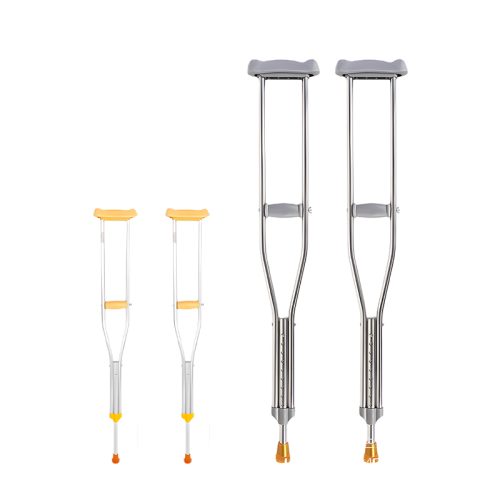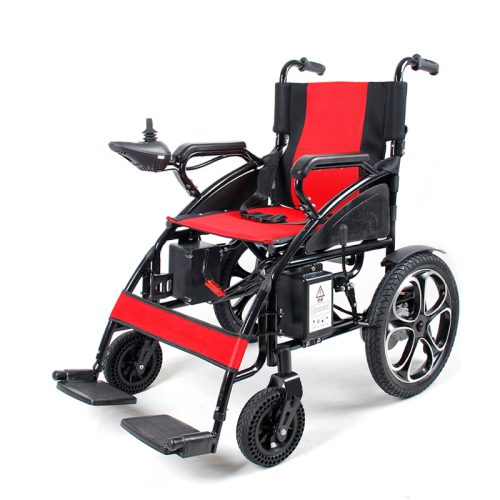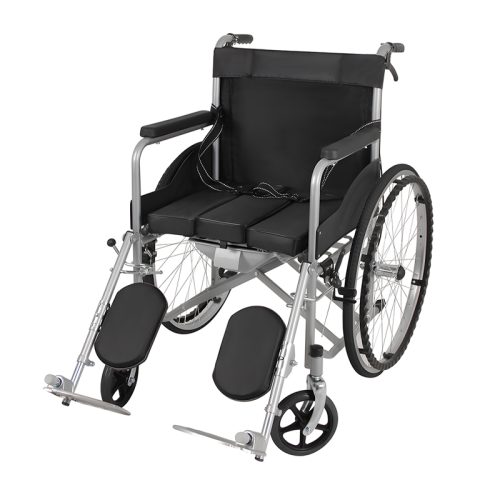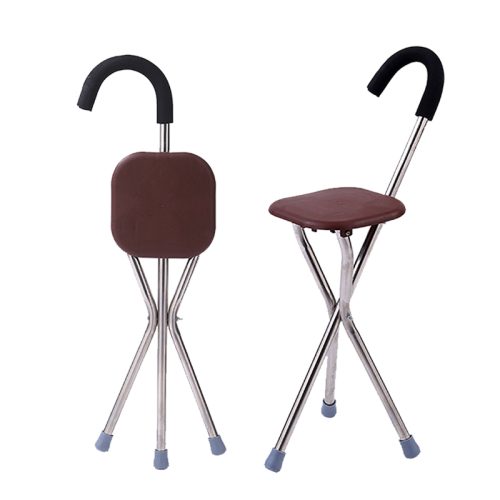
- Invalidní vozík
DRC Medical Device Compliance 2025: Certifikace invalidních vozíků a regulační strategie
- Podle kelingmedical
1. DRC Medical Device Classification System
Four-Tier Classification Wheelchairs and mobility aids receive different risk-based classifications from the Ministry of Health in the DRC.
The DRC Ministry of Health lists manual wheelchairs without custom modifications as Class I devices which account for 75% of imports.
The DRC’s classification system places electric wheelchairs with basic programmable controls into Class IIa (Medium Risk).
Sports and adaptive wheelchairs with sophisticated ergonomic features fall into Class IIb (Higher Risk).
Motorized rehabilitation chairs featuring AI mobility enhancements represent the high-risk category and these devices are seldom available in DRC.
Global Alignment
Class I devices can bypass full clinical trials when they obtain certification from both FDA and EU MDR.
For Class IIb devices manufacturers must provide technical documents in accordance with Annex II of EU Regulation 2017/745.
2. Certification Process: Step-by-Step Breakdown
Phase 1: Pre-Submission
Document Preparation:
The technical documentation includes both ISO 13485-compliant design specifications and risk analysis documents.
French-language labeling (mandatory for user manuals)
Designate an agent located in Kinshasa to handle Ministry connections with a standard yearly fee between $2,000 and $5,000. fee: $2,000–$5,000/year).
Phase 2: Ministry of Health Review
Timelines:
Class I: 90–120 days
Class IIa: 150–180 days
Class IIb: 210–240 days
Fees:
Class I: $1,200
Class IIa: $3,800
Class IIb: $6,500
Phase 3: Post-Market Surveillance
Annual safety reporting required for all classes.
24-month warranty enforcement for electric wheelchairs.
3. Clinical Testing Exemptions & Loopholes
Exemption Eligibility
Devices belonging to Class I receive complete exemption if they gain certification through FDA 510(k) or EU MDR standards.
Class IIa Devices: Partial exemption for:
Medical devices that have been available in OECD markets for over five years.
Products matching WHO’s Essential Assistive Technologies List.
Strategic Workarounds
Use clinical evaluations from similar markets like South Africa or Kenya as supporting data.
Run short usability tests with 10–15 patients to replace full clinical trials and achieve a 60% cost reduction.
4. Case Study: Streamlining Certification for Mid-Range Electric Wheelchairs
The distributor encountered a 10-month delay for Class IIa certification because they lacked complete IEC 60601-1 test reports.
Řešení:
The distributor sent motors to a EU-approved testing facility in Tunisia for retesting at a cost of $8,200.
Collaborated with a compliance consultant located in Kinshasa to expedite the review process.
The certification process concluded within 137 days which was 43% quicker than the typical industry timeframe.
5. Penalties for Non-Compliance
Fines of up to $12,000 combined with a 30-day suspension of imports constitute penalties for minor violations such as labeling errors.
Major Violations (e.g., unregistered devices):
Maximum penalties reach 5% of the company’s yearly DRC revenue.
Blacklisting from government tenders for 3 years.
6. Cost Optimization Strategies
The Bulk Certification process allows businesses to submit one application to register 5 to 10 models which reduces costs by 20 to 35% per product.
Implement modular designs such as interchangeable cushions to prevent the need for re-certification.
Závěr
DRC’s regulatory system provides incentives to distributors that actively conform to its hybrid model based on FDA and EU standards. A focus on Class I certifications combined with clinical testing exemptions and local representation investments enables suppliers to cut their time-to-market by 40% while preventing expensive penalties. Companies that implement compliance best practices early will control the $9.2 million wheelchair certification services market as enforcement measures become more stringent in 2025.
Sekce nejčastějších dotazů
Q1: The process for acquiring Class I wheelchair certification takes between 90 and 120 days in 2025 when documentation meets EU MDR requirements. A: The Class I wheelchair certification process takes 90–120 days when documentation meets EU MDR standards.
Q2: Is it permissible to use FDA 510(k) data for DRC submission purposes? A: FDA technical files allow 70% transferability for DRC submissions which results in a 50% preparation time reduction.
Q3: Are refurbished wheelchairs exempt from certification? A: Every device must undergo full Class I–III registration regardless of its condition including refurbished products.
Q4: What’s the penalty for incorrect French labeling? A: Up to $12,000 fine + mandatory product recall.
Achieve Hassle-Free DRC Compliance with Keling Medical
Keling Medical simplifies wheelchair certification for distributors:
You can obtain technical files for immediate submission with over 15 Class I/IIa pre-certified wheelchair models.
Our team located in Kinshasa manages both audit processes and Ministry negotiations.
Bulk certification packages allow distributors to cut fees by a quarter.
📩 Contact Our Regulatory Experts: 📧 E-mail: inquiry@shkeling.com 📞 WhatsApp: + Whatsapp:8618221822482 🌐 Learn More: https://shkeling.com.cn/product-category/wheelchair/
Exclusive Offer: Free regulatory gap analysis for first-time applicants!








